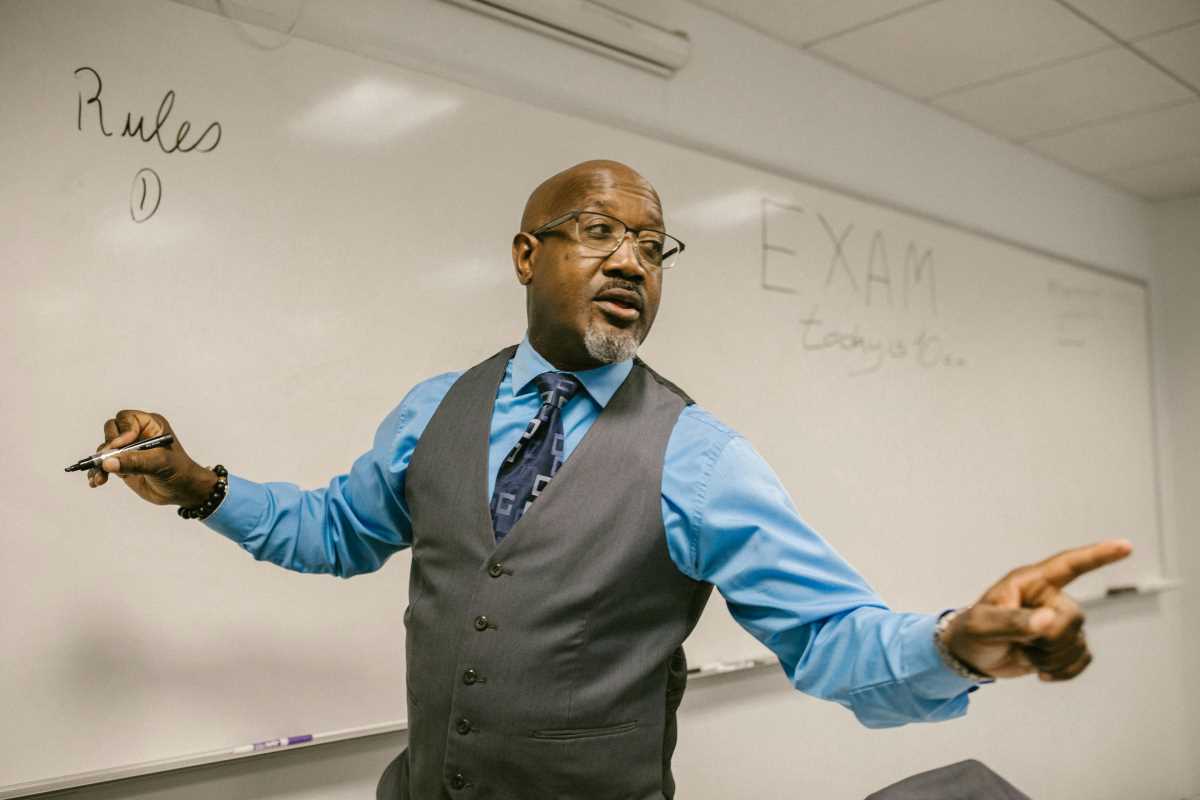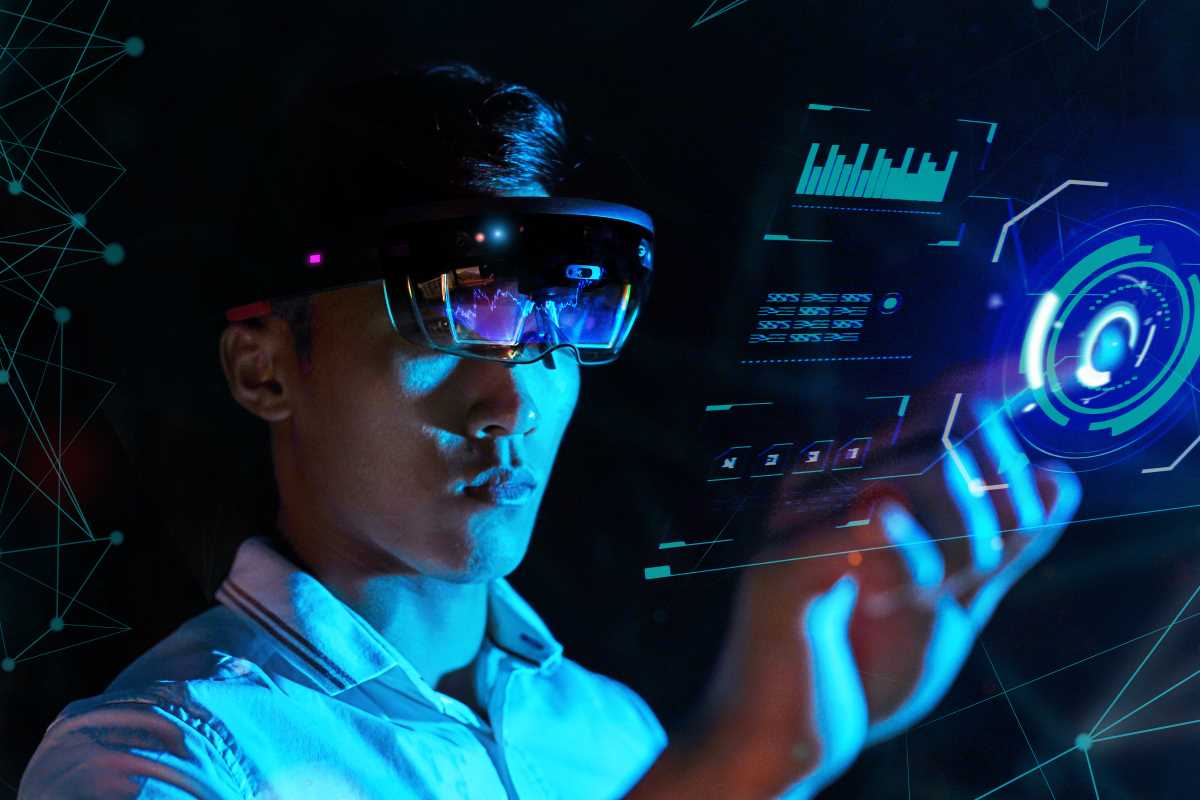Ever walked through a bustling city and wondered, “How did they decide where everything should go?” or “What could make this city run better and smarter?” That’s where urban planning and Smart City development come into play. These fields focus on creating better, more efficient, and sustainable ways for people to live, work, and thrive. If building the cities of the future excites you, exploring the right educational path is your first step. Here’s a closer look at what this industry entails and the degrees that can help you thrive in it.
What is Smart City Development and Urban Planning?
Smart City development is all about leveraging technology and data to make cities operate better. Imagine a city with systems that predict traffic congestion, regulate energy efficiently, and use sensors to monitor public safety. That’s the magic of a Smart City. It’s like giving a city a “mind” to make better decisions for its people. This includes solutions like smart traffic lights that reduce wait times, smart grids that cut energy waste, and apps that empower citizens to engage with their urban environment.
On the flip side, urban planning focuses on designing the physical and social infrastructure of a city. It answers questions like where homes, roads, parks, and schools should be located. Urban planners aim to create livable, functional spaces while tackling challenges like population growth, urban sprawl, and climate change.
Together, Smart Cities and urban planning ensure the cities of tomorrow are not only high-tech but also sustainable and people-focused.
Real-World Applications:
- Singapore is a global leader in Smart City initiatives, using AI to manage traffic and deploying national smart mobility apps.
- Copenhagen has embedded sustainability into its planning, relying on bike-friendly infrastructure and renewable energy innovations.
- Barcelona uses IoT (Internet of Things) to monitor waste bins and air quality, creating a cleaner and healthier environment.
Degrees That Will Prepare You for This Growing Field
If the idea of designing and enhancing smart, livable cities excites you, here’s your guide to the degrees that pave the way into this innovative sector. Each program focuses on different aspects of urban planning and Smart City development, so your choice will depend on your interests and goals.
1. Urban Planning or City Planning
This direct route equips students with the tools to shape the physical, social, and economic future of cities. These programs blend creativity with policy-making, allowing students to design spaces that balance community needs with resource sustainability. Topics typically covered include transportation planning, zoning, social equity, and sustainable development practices.
Career Opportunities:
Urban planners often work with local governments, real estate developers, or nonprofit organizations to decide how land should be used. You may find yourself designing a city’s public transportation network, redeveloping underutilized areas, or ensuring affordable housing aligns with local economic growth.
Real-World Example:
Los Angeles used urban planning principles to transform former industrial areas into thriving live-work communities like the Arts District.
What you’ll love:
- Working on hands-on projects that give you the satisfaction of directly shaping communities.
- Partnering with architects, engineers, and policymakers to bring plans to life.
2. Civil Engineering
Civil engineering is about the nuts and bolts of city-building. From highways and bridges to water systems and modernized infrastructure, this degree allows you to construct the backbone of a vibrant urban space. Smart Cities need civil engineers to incorporate technology, like underground fiber optics or advanced water filtration systems, into classic infrastructure.
Career Opportunities:
Civil engineers often work with construction companies, consulting firms, or government agencies. Careers can range from designing long-lasting infrastructure to leading large-scale projects focused on sustainability and disaster resilience.
Real-World Example:
The construction of New York City’s Second Avenue Subway exemplifies civil engineering blending traditional methods with modern innovations to improve urban transit.
What you’ll love:
- Making big ideas possible by handling the technical aspects of urban planning projects.
- Seeing your work in action when bridges, roads, or water systems you designed serve the public.
3. Environmental Science or Sustainability
Environmental science and sustainability degrees address one of the most critical components of today’s urban planning challenges: the environment. These programs prepare students to balance urban growth with ecological preservation, focusing on technologies like renewable energy systems, green roofs, and urban gardens.
Career Opportunities:
Environmental scientists frequently work with government agencies, private firms, or sustainability-focused nonprofits. Roles often include ensuring cities comply with environmental regulations, reducing pollution levels, or innovating green technologies for urban spaces.
Real-World Example:
Singapore’s Gardens by the Bay showcases how cities can integrate lush greenery into urban environments, creating oxygen-rich spaces amid the skyline.
What you’ll love:
- Knowing that your work directly contributes to combating climate change and pollution.
- Helping to make cities not just livable but also beautiful.
4. Architecture
An architect’s role goes beyond designing buildings that are aesthetically pleasing. Architecture degrees train students to create structures that are simultaneously functional, sustainable, and visually inspiring. Smart Cities increasingly rely on architects to intentionally design spaces that meet human needs while incorporating green features and tech innovations.
Career Opportunities:
Architects have opportunities in designing everything from futuristic residential skyscrapers to public spaces like parks and community centers. The rise of Smart Cities also means architects are involved in energy-efficient designs, IoT-enabled buildings, and urban beautification projects.
Real-World Example:
Bosco Verticale in Milan (a vertical forest with tree-lined towers) demonstrates how architecture can merge urban needs with sustainable practices.
What you’ll love:
- Using your creativity to influence how people experience the cities around them.
- Seeing your physical creations redefine city skylines and foster better living environments.
5. Computer Science or Data Science
Smart Cities can’t exist without technology, which makes computer science and data science degrees increasingly valuable. Whether it’s designing software for smart traffic management systems or developing platforms for urban data sharing, these programs focus on innovative solutions for urban challenges.
Career Opportunities:
Graduates can work as software developers for city infrastructure systems, data analysts interpreting urban statistics, or IoT specialists overseeing city-wide smart sensor installations.
Real-World Example:
Barcelona’s City OS manages urban data through IoT, providing real-time insights that streamline public services like trash collection and parking.
What you’ll love:
- Being on the front line of tech-driven innovations that directly improve urban living.
- Tackling complex challenges with creative problem-solving skills.
6. Geography or Geographic Information Systems (GIS)
At first glance, geography might seem like something from the past. But in fact, geographic information systems (GIS) are incredibly relevant to Smart City development. GIS tools enable professionals to analyze and visualize spatial data, such as population density or transportation routes, to make informed urban planning decisions.
Career Opportunities:
GIS experts are increasingly in demand in municipal planning departments, consulting firms, and even real estate development. They help find ideal locations for renewable energy projects, public transportation hubs, or smart waste management systems.
Real-World Example:
GIS technology helped Seattle facilitate their bike-sharing program by identifying optimal station locations based on data analysis.
What you’ll love:
- Using cutting-edge mapping tools to visualize urban problems and provide solutions.
- Having a bird’s eye view of how cities evolve and interact with their surroundings.
7. Business or Economics
Urban transformation isn’t only about planning and building; it’s also about funding and managing these immense projects. A business or economics degree focuses on making cities financially sustainable, planning investments, and attracting companies to support urban job growth.
Career Opportunities:
With these degrees, you can work as an urban economist, urban project manager, or investment consultant. Responsibilities include initiating large infrastructure projects or developing economic policies to support urban innovation.
Real-World Example:
The High Line in NYC is a perfect example. A decommissioned railway was turned into an iconic urban park, leading to a boom in surrounding real estate values.
What you’ll love:
- Leading major projects that impact a city's financial and economic future.
- Exploring dynamic opportunities that intersect planning, technology, and business.
Why These Careers Matter
Cities today face complex problems. Population growth, climate change, and strained resources are putting enormous pressure on urban areas. This is why we need professionals skilled in the art and science of urban development. Smart Cities and thoughtful urban planning can help reduce carbon emissions, improve transportation networks, expand access to affordable housing, and create greener spaces in urban jungles.
If you’re intrigued by the idea of shaping the cities of tomorrow, now is the time to act. Start by researching universities offering relevant degrees and looking for programs that combine strong theoretical learning with practical experiences, like internships or project-based work.







